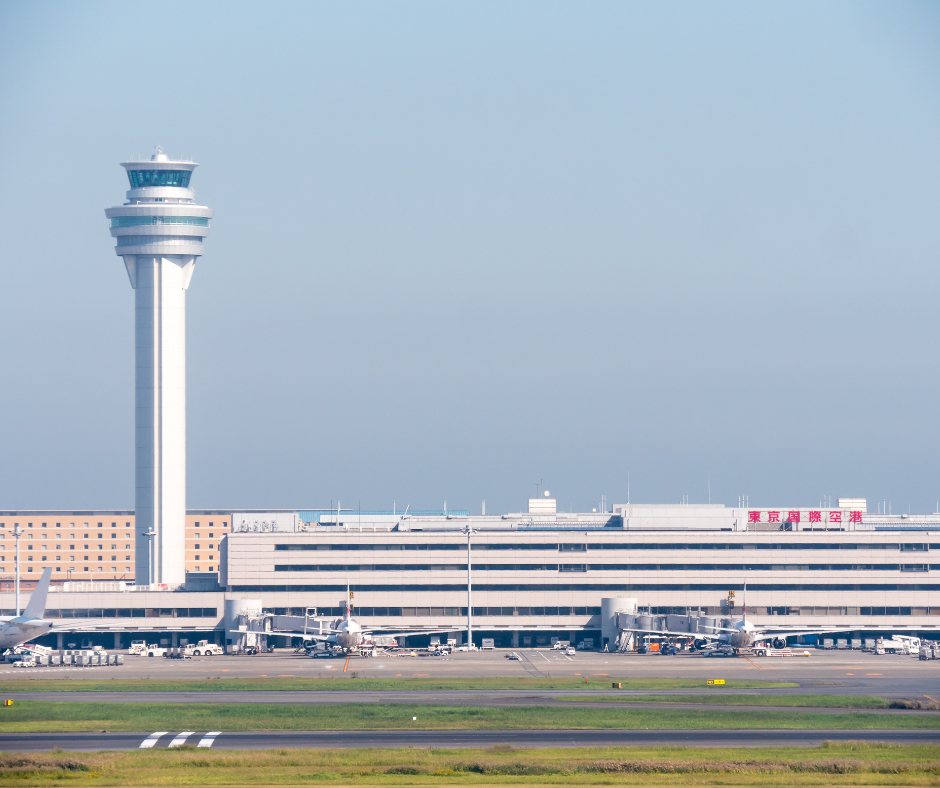Japan jet crash: How crew pulled off flawless evacuation from plane inferno
 Passengers dashed to the emergency exits of a burning Japan Airlines jet without their hand luggage, in compliance with the flight crew’s instructions.
Passengers dashed to the emergency exits of a burning Japan Airlines jet without their hand luggage, in compliance with the flight crew’s instructions.
The simple act of leaving their valuables behind would be a “major factor” behind the speed of the evacuation, with the last person escaping just before the aircraft was engulfed in flames on the runway of Tokyo’s Haneda Airport on Tuesday, aviation experts say.
Japan Airlines Flight 516 turned into a fireball after it collided with a coastguard plane as it landed. Five of the six people on board the smaller aircraft – which had been due to deliver aid to victims of the powerful New Year’s Day earthquake – died.
But everyone on Flight 516 survived, with the flawless evacuation from the cabin as it filled with smoke astounding the world and winning praise from many. Aviation experts and industry professionals told the BBC it boiled down to staff on board putting their rigorous training into practice and “well-behaved” passengers who obeyed safety protocols.
Read more on the BBC website.
Mental health and wellbeing should be part of OSH role
 Managing mental health and wellbeing at work should be part of the OSH role. That’s the opinion of nearly three-quarters of those who responded to IOSH’s member survey.
Managing mental health and wellbeing at work should be part of the OSH role. That’s the opinion of nearly three-quarters of those who responded to IOSH’s member survey.
Meanwhile, nine out of ten respondents said the health and safety role is valued in their organisation, with 61 per cent saying it is “highly valued”.
These were among the key findings of the survey, which took place last year and had 7,015 responses.
IOSH president Stuart Hughes said the survey results clearly indicate the importance of OSH roles across the business landscape.
He said: “The mental health and wellbeing of staff is something many more businesses take seriously now, rightly so, and OSH professionals have a key role in supporting this. So, it’s encouraging to see that many of our members view it as a part of their role.
For more on the survey visit the HSM website.
85% of organisations have no fire risk assessment for Lithium-ion battery devices on site
 Just 15% of organisations say they have conducted a workplace fire risk assessment to cover the risks posed by devices containing lithium-ion batteries (LiB), new research finds. Firechief Global urges organisations to get risk assessed for lithium-ion battery usage.
Just 15% of organisations say they have conducted a workplace fire risk assessment to cover the risks posed by devices containing lithium-ion batteries (LiB), new research finds. Firechief Global urges organisations to get risk assessed for lithium-ion battery usage.
The data was gathered from over 500 organisations who were surveyed during webinars held by both IFSEC Insider and Firechief Global last autumn, and while 15% of respondents confirmed they had updated their fire risk assessments to cover the risk of LiB fires, 71% said they had not and a further 14% were unsure.
Lithium-ion batteries are now firmly part of daily life, both at home and in the workplace.
They are to be found in portable devices, electric vehicles, and renewable energy storage systems. Lithium-ion batteries have many advantages, but their safety depends on how they are manufactured, how they are used and stored and how they are recycled.
Learn more on the SHP website.
To keep up to date with the latest health & safety news and advice, follow us on social media:
